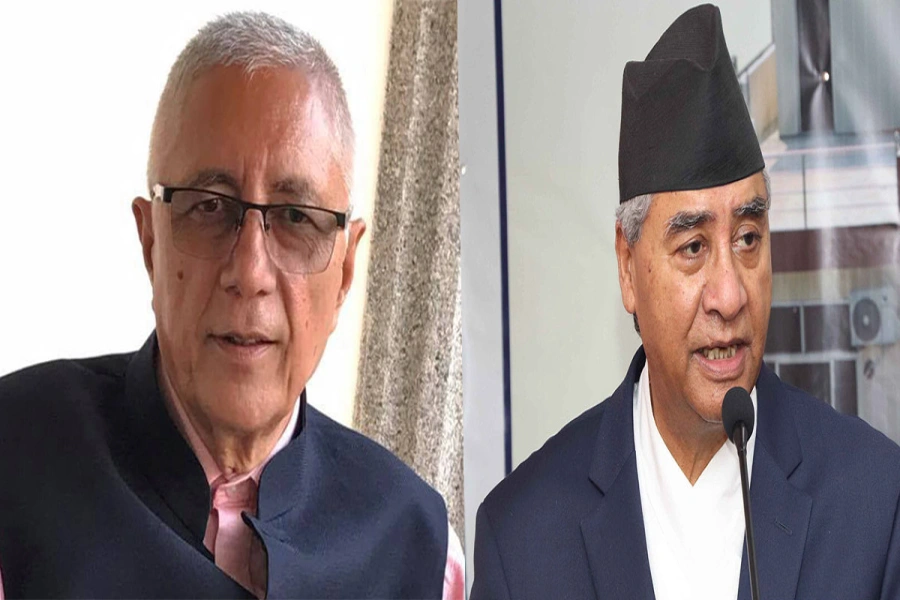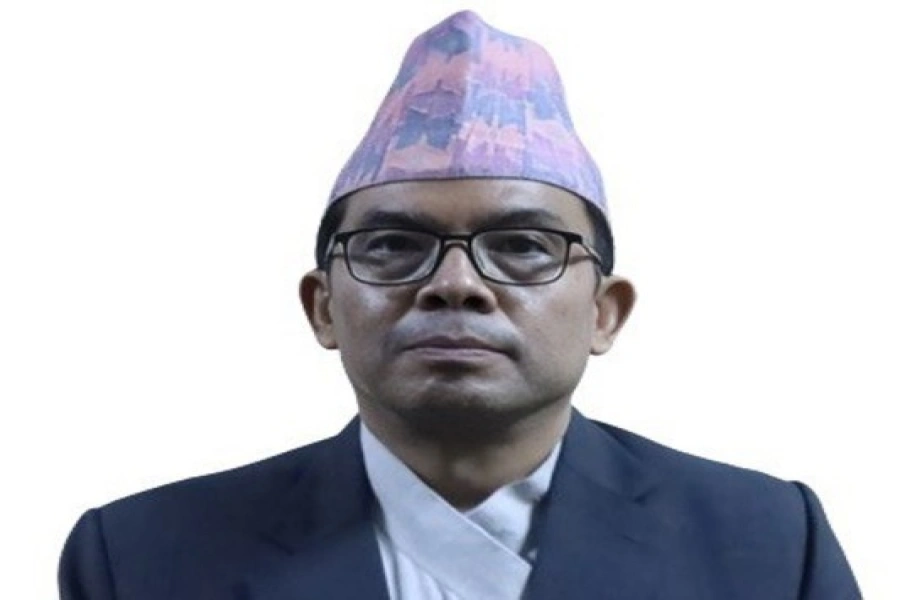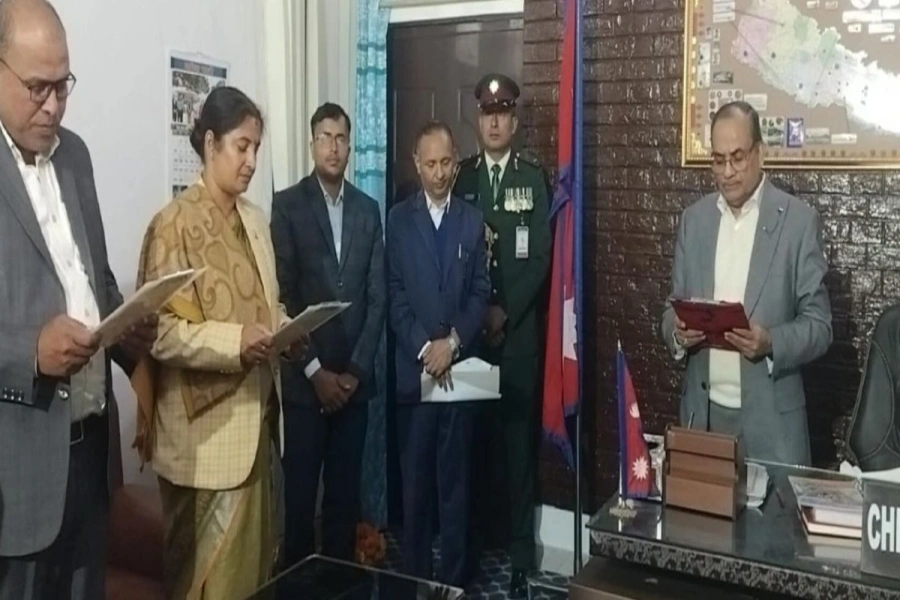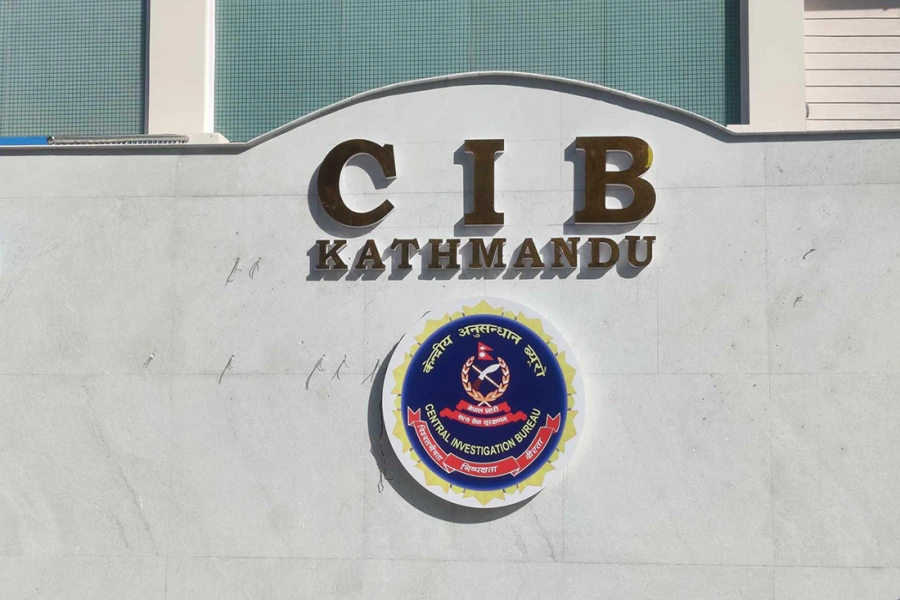Kathmandu Metropolitan City (KMC) Mayor Balendra Shah's recent initiative to inspect community schools within the metropolis deserves huge applause. His proactive measures to enhance the quality of education in the community schools has set a positive example for 752 other local government heads to follow. During his visits to Durbar High School in Rani Pokhari, Shivapuri Secondary School in Maharajgunj and Padma Kanya Secondary School in Dillibazar, Mayor Shah carefully assessed teaching and learning methods, as well as vocational skills. Engaging with students and initiating discussions on educational activities every Friday have provided valuable insights for the mayor to form strategies for ensuring a bright future for the children. Reportedly, Mayor Shah also gathered crucial information about the schools' current state and their infrastructural, human resources, and other needs for the holistic development of students.
Local governments bear immense responsibility for ensuring quality education since the school education has been entrusted to the local governments by the Constitution of Nepal promulgated in 2015. The local governments have the authority over basic education (up to grade VIII) and secondary education (from grade XI to XII), as granted by Schedule 8 of the Constitution. The Act Relating to the Operation of Local Government 2017 (LGA) further empowers local governments with 23 rights related to school education, allowing them to draft and implement policies, legislation, plans, and regulations. This transfer of rights and responsibilities from the District Education Office (DEO) to the local governments marks a significant shift in Nepal’s education landscape. Recognizing the government's substantial investments in community education, which allocate more than 12 percent of the country's GDP, all 753 local governments must now take proactive measures to improve the quality of education in community schools.
Reduce number of ministries in provincial governments

Education plays a pivotal role in shaping the future of a nation, and the primary responsibility to provide quality education lies with local governments. Therefore, it is crucial for them to acknowledge the significance of their role and take concrete steps to enhance the educational landscape in their respective communities. To achieve this goal, local governments must adopt a multi-faceted approach.Firstly, they should focus on improving infrastructure in community schools, ensuring that students have access to conducive learning environments, including adequate classrooms, libraries, laboratories, and sports facilities. Additionally, local governments must invest in training and professional development programs for teachers, equipping them with the necessary skills to deliver quality education. By fostering a culture of continuous learning among educators, the overall teaching quality can be significantly enhanced. Technology integration should also be prioritized in the education system. Equipping schools with computers, internet access, and other digital resources enables students to acquire essential digital literacy skills. The use of educational software and interactive learning platforms can enhance students’ engagement and facilitate personalized learning experiences. Local governments must also prioritize equitable distribution of educational resources across all communities, addressing disparities in access to quality education through targeted interventions
As local governments embrace their newfound responsibilities in the realm of education, it is essential that they remain accountable and committed to continuous improvement. Regular monitoring and evaluation mechanisms should be established to assess the effectiveness of implemented policies and initiatives. A data-driven approach will enable local governments to identify areas of improvement and make evidence-based decisions to enhance educational outcomes. As a newspaper, we believe that Mayor Shah's proactive measures in inspecting community schools within the KMC should serve as an inspiration for all local governments. The constitutional provisions and transfer of rights underscore the importance of local governments in driving educational reforms. It is now the responsibility of all 753 local governments to step up and take concrete actions to improve the quality of education in community schools. By investing in infrastructure, teacher training, technology integration, and fostering collaborations, local governments can ensure that every child receives quality education to empower them to become the future leaders and change-makers of Nepal.







































